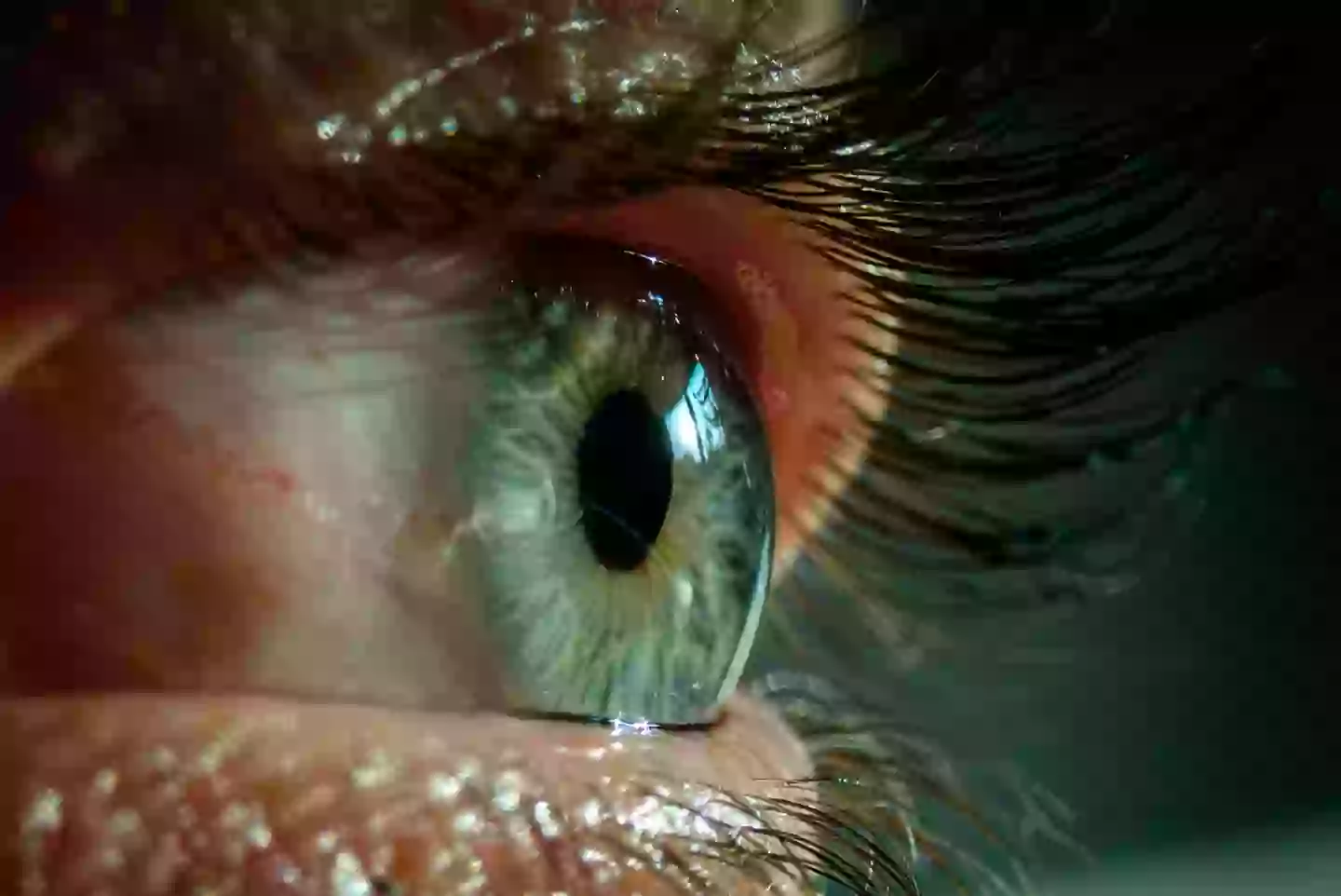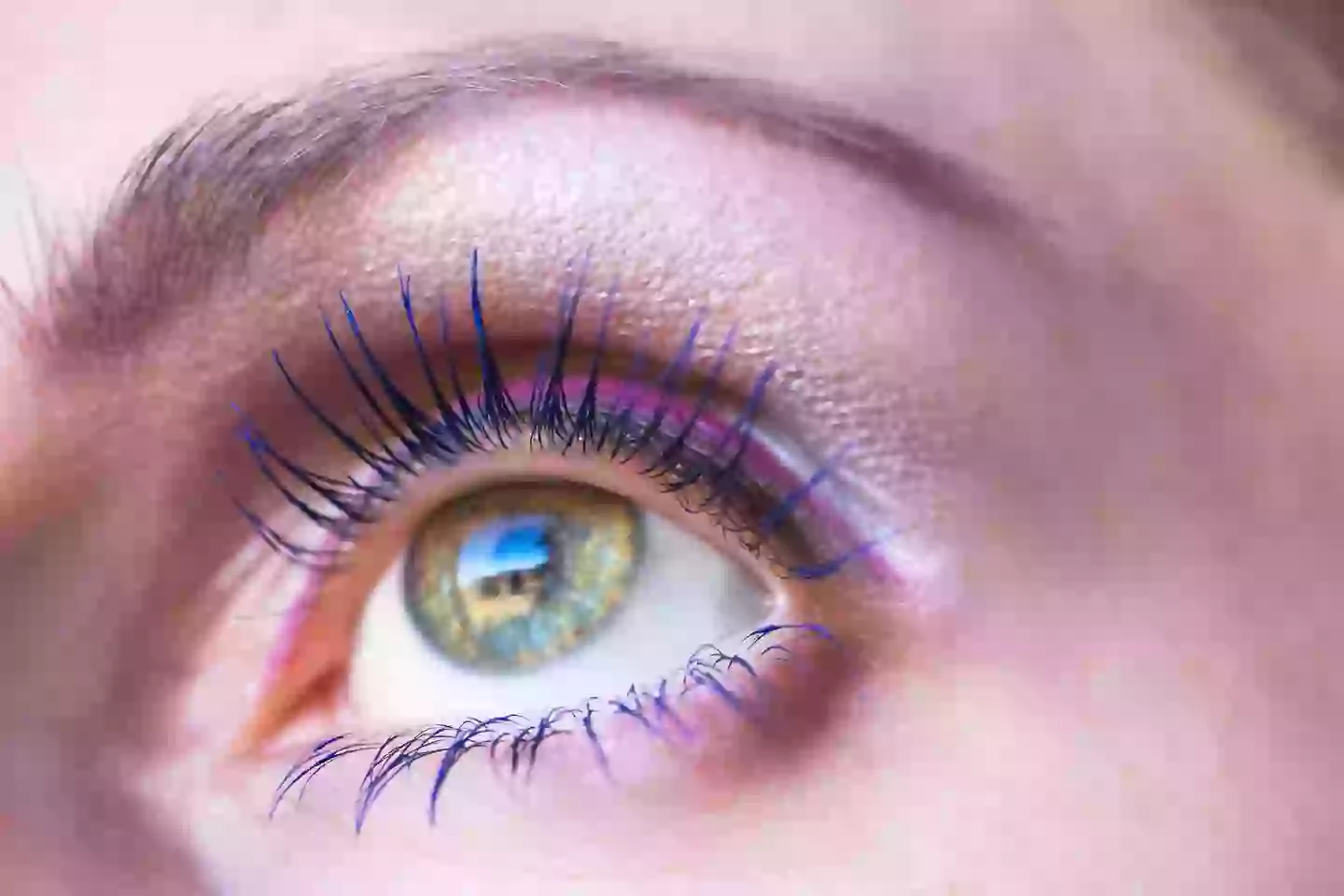
Apparently, there's a colour that humans have never seen before which has been discovered by scientists.
A team of scientists from the University of California have seemingly made a breakthrough after firing laser pulses into people's eyes.
It's not as sinister as it sounds, with the end result being that a new colour, specifically a blue-green one, has been discovered.
While some experts think that the discovery is still 'open to argument', the researchers behind it all have named it 'olo.'
Advert
Their findings were published in the Science Advances journal on Friday (18 April), with co-author Professor Ren Ng calling them 'remarkable'.
In fact, his team believe that the study could help to advance research into colour blindness and more.
Professor Ng himself was one of the five people to take part in the experiment, speaking to BBC Radio 4 about the new colour.

The Malaysian American scientist explained: "[Olo is] more saturated than any colour that you can see in the real world,
Advert
"Let's say you go around your whole life and you see only pink, baby pink, a pastel pink,
"And then one day you go to the office and someone's wearing a shirt, and it's the most intense baby pink you've ever seen, and they say it's a new colour and we call it red," the professor said about the level of their discovery.
As well as the co-author, there were four other participants in the study, with just one being female, though all of them had normal colour vision.
Three of the participants, however, were co-authors of the research paper.
The study involved shining a laser beam into the pupil of one eye of each of the participants.
Advert
The device was called Oz and it consists of optical devices, mirrors, and lasers, having been designed by researchers from UC Berkeley and the University of Washington.
Now updated for use in this study, it analyses the retina, which is a light-sensitive tissue in the back of your eye that processes visual information, changing light into electrical signals that can be sent to the brain through the optic nerve.
This is how the sense of sight works.
However, the retina includes cone cells which help to perceive colour.
There are three types, S, L and M, which are sensitive to wavelengths of blue, red and green, as the paper reads: "Any light that stimulates an M cone cell must also stimulate its neighbouring L and/or S cones," as their functions overlap.
Advert

But during the study, the laser only stimulated M cones, which sent a colour signal that wouldn't occur in natural vision.
So, olo cannot be seen by the naked eye in real life, unless stimulated to do so.
The colour was verified as participants would be made to adjust a controllable colour dial until it matched olo.
But some don't think this proves anything, as Professor John Barbur, a vision scientist at City St George's, University of London explained that the experiment was a 'technological feat' that stimulated cone cells, though said the new colour was 'open to argument'.
Advert
Others claimed it was simply a 'matter of interpretation', but Professor Barbur went on, explaining that if L cone cells were stimulated, people would see a 'deep red' - similar to the study's findings.
Professor Ng did admit that it is 'difficult' to see olo, though the team intend to delve into what it could mean for colour blind people, who struggle to distinguish between some colours.
Topics: Science, World News